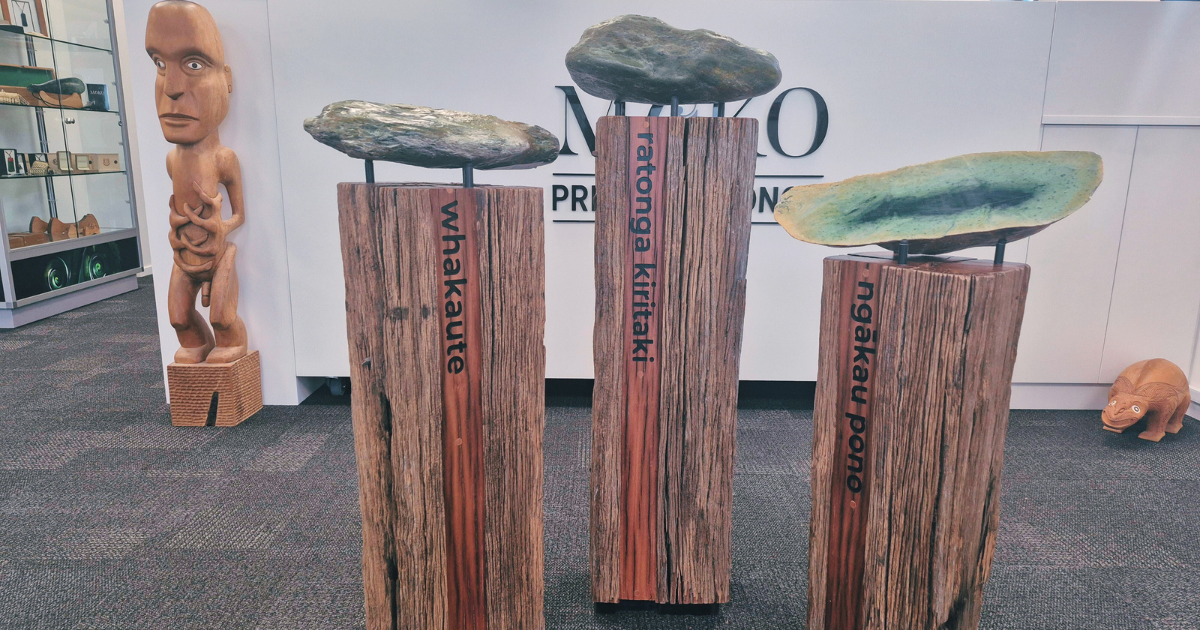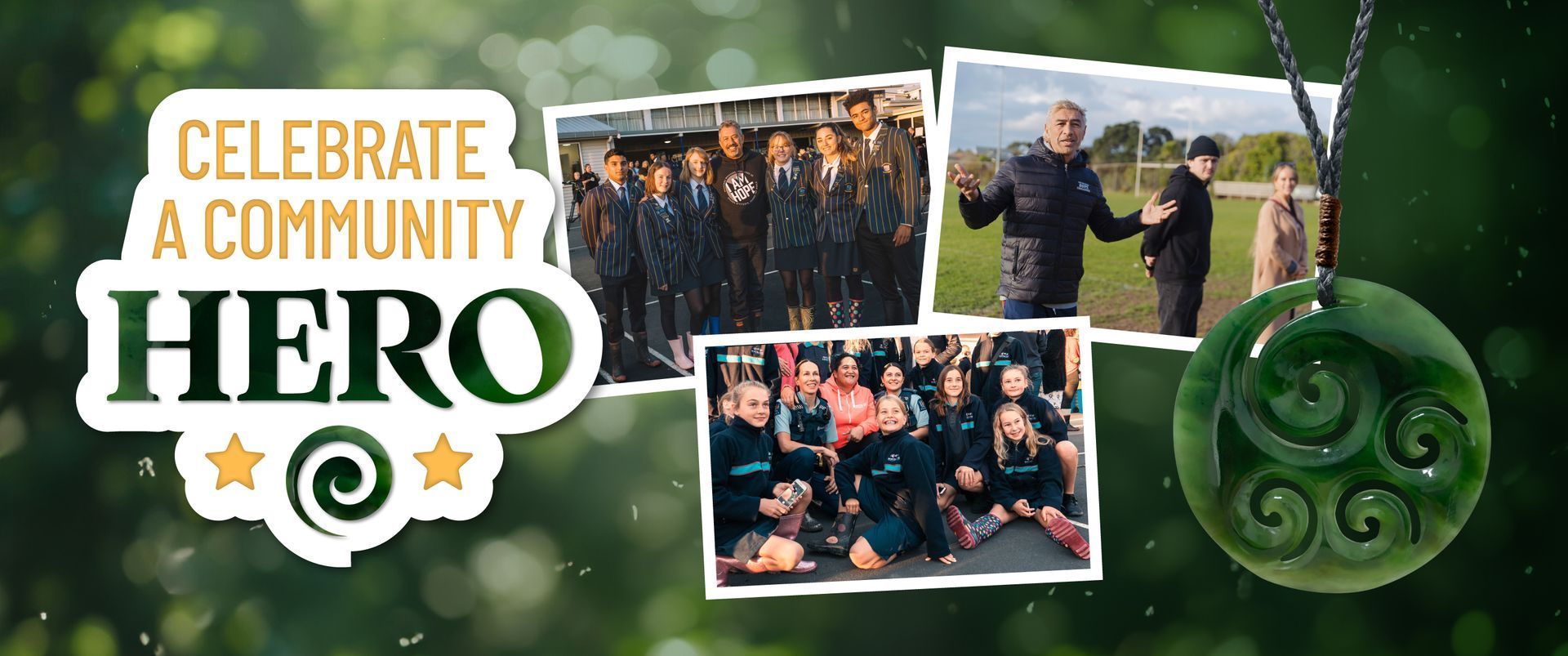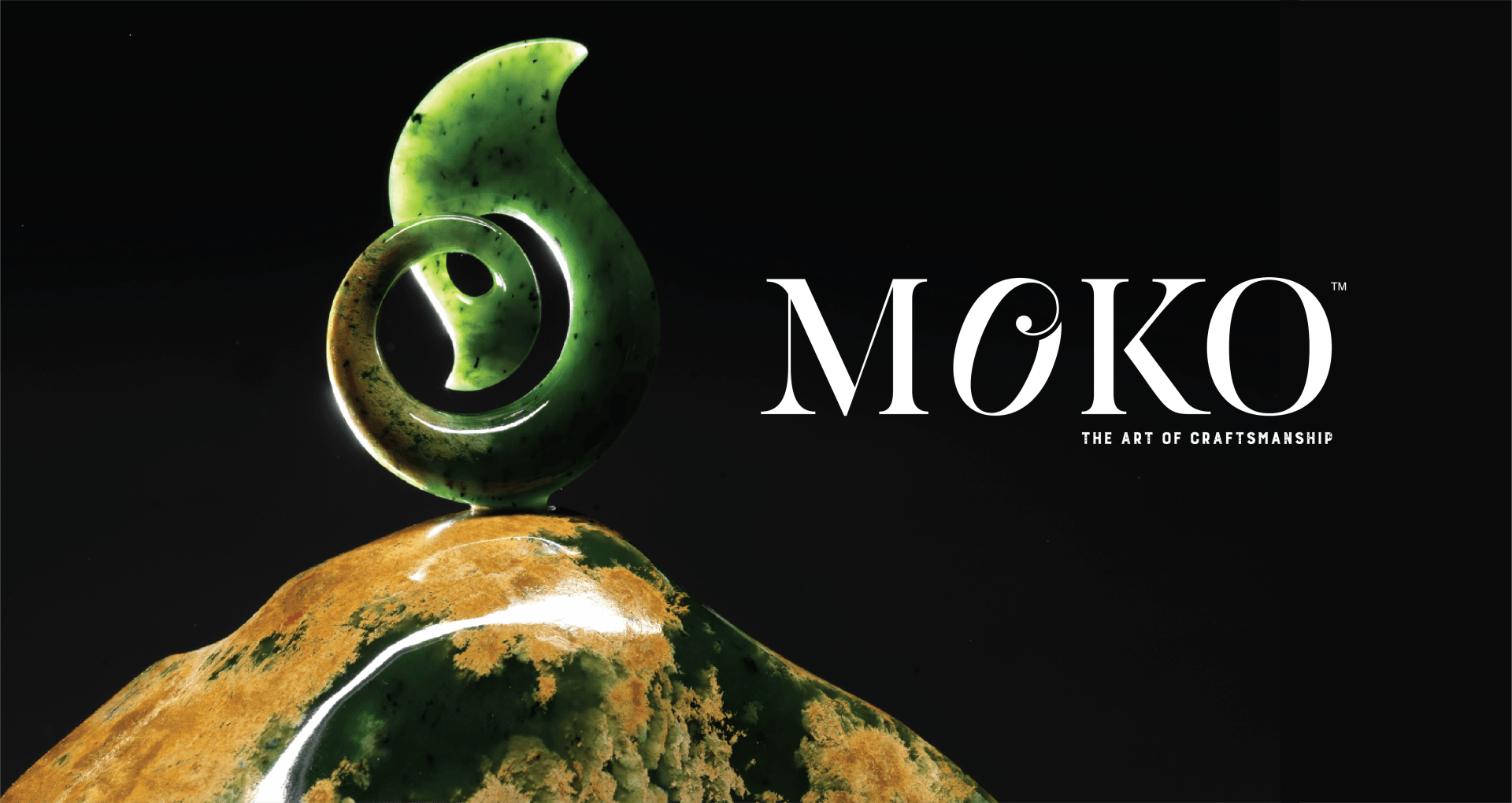
The history, meaning, types and how to choose your pounamu
(Insights from the founder of Moko Pounamu, Alf Moreton in his book Te Wahi Pounamu: The Place of Greenstone.)
Since its discovery, greenstone has become part of New Zealand's history. Often called "the luck stone", it was worn by our gallant warriors for protection in military conflicts.
Visitors to New Zealand rarely leave without a piece of greenstone, as it is a part of the land connected to the people and serves to remind them of their time here.
People are confused about the different types of greenstone. I've often been asked, "Where does it come from? I heard you can't buy it for yourself, can you? Is there any difference in the value between the light and dark colours?" and, "I thought it was scarce but it's everywhere. Is it all from New Zealand?"
The History of Pounamu in Aotearoa New Zealand
The Chinese Connection
Jade describes a stone which exists in many parts of the world, and is particularly linked to the variety found in China. In that country Jade is known as the Stone of the Loins, and in ancient days was believed to have great medicinal powers. The Chinese claimed that if the stone was laid on the body in the area of the lower back or sides it would cure kidney disorders.
In fact, Nephritis is a medical term used to describe inflammation of the kidney, and the word Nephrite is derived from this name. There are stories of Chinese people powdering the stone, then drinking the milky solution to make them impervious to heat and cold.
For the Chinese, Jade symbolised all that was high and pure. Kwan Chung, in the seventh century BC, wrote that its smoothness symbolised benevolence; its brilliant lustre, knowledge; its toughness, justice; its rarity, purity of the soul. The fact that the smallest crack on its surface was immediately visible, typified candour and that it may be passed from hand to hand but was never soiled made it a symbol of a life governed by high moral principles.
Superstitious ideas largely contribute to the popularity of Jade in China. One such story is of a Russian officer who saw a block of Jade on one of the roads in Turkistan that had evidently been abandoned in the course of transportation. He was told that while it was on its way from the Raskem-Darya quarry to Peking, an order came to leave it on the road, as the heir apparent to the Chinese throne had just been attacked by a serious disease after having slept on a couch made of Raskem Jade.
Early New Zealand Greenstone Discoveries
Discovering greenstone often meant a bonus for gold miners on the West Coast of New Zealand, especially if it looked good it could be sold for between ten cents and twenty cents per kilogram. It all depended on how it looked. Buyers were always visiting old mining sites and looking for stone.
"Seebec' was a well known name on the Westland Goldfields. Louis Seebec lived in Kumara where he established a butcher's shop which also served as a base for buying stone. Little is known of this family.
It is thought that they came from somewhere in the northern part of Germany, where Louis most probably learnt the art of buying stone. This is a great skill indeed. The criteria for buying stone would have been the shape, looks and suitability for shipping.
The true quality of stone can only be determined once the stone is cut and there were no diamond saws in those days to immediately discover the quality of the stone.
This method, called "buying on the blind", was considered a sure way to lose one's money especially considering only 15% of stones turned out to be suitable for high class jewellery. Stones that were not so attractive were placed aside, along with those encrusted with the talc rind.
Sometimes stones would be placed at the entrance of a tunnel if they were too heavy to cart back to the camp for safe keeping. Often heavy stones were found in the tunnel itself, rolled into a custom built hole in the tunnel wall. The hole was usually neatly repacked with smaller stones to reform the wall. I have entered and explored many tunnels at Seddon Terrace, and in one tunnel found a very large stone in 1984. Although it was of reasonable quality it was considered to be too risky to retrieve.
These tunnels, dug by early gold miners, still exist today. Straight, level and dry, you can stand up inside with headroom under the arched roof. Very rarely have any collapsed, although occasionally you do find a roof cave-in. Pick marks are still clearly visible on the tunnel walls.
Although mining exposed an abundance of greenstone in those early gold rush years, the ancient river channels were where the great wealth lay, not just gold but greenstone too. Washed clean of all alluvium, vast piles of mountainous rock called "tailings" preserve the great bulk of this resource. Bulldozers were dwarfed in this sea of stones, and when small surface areas were levelled off for tree planting, much greenstone was exposed.
In the majestic stone walls found in the Marsden, Kumara and Rimu gold diggings, millions of stones were stacked, neatly forming great trail races. It is very rare to find any greenstone here. These areas were thoroughly inspected by the miners of the time and any reasonable looking stones were either placed aside or carried back to camp sites for safe keeping. Old sites sometimes yield slabs of stone that the Chinese diggers used to split and use for fire surrounds. The stone was able to withstand the extreme heat of the fireplace on those miserable wet and cold wintry nights. Heat from the fireplace hardens the stone and changes its colour to a dun-red.
The Different Varieties of Greenstone
The endless colour variations with shades from black to white and all shades in between, make Greenstone unique to this part of the world, standing apart from the Nephrite Jade found in many other countries.
1) Chatoyant
Found mainly in the Arahura River, occurs as thin bands in the Inanga variety. Such stones exhibit a narrow silvery band of light which changes its position as the gem is turned. It is extremely rare.
2) Flower Jade
So called because of the never ending range of colours which occur in all the main varieties, these colourations are exclusive to Nephrite from this part of the world. Carvings made from
flower jade are extremely rare and expensive. It was once cast aside as being of little use except for paperweights or pen stands, yet this stone reminds all who cast eyes upon it, that the greenstone from New Zealand is something special, different from all they have seen.
3) Inanga Pounamu
Named after whitebait, the famous young fish delicacy,
Inanga Pounamu is a pearly greyish colour which can look bluish in a certain light. It is very translucent in the lighter soft shades and can also be opaque when grey to light brown.
A relatively soft stone and highly prized by Maori, it is often perceived as too grey to be greenstone. Many museum tiki and patu are artefacts made from this variety and are most probably made from stone from the South Westland deposits. These are so much softer than those of the north.
The Inanga from the Arahura River can be very brittle, with asbestos fibrous striations that shatter the stone when worked on the lap wheel. Yet those stones that are well felted produce beautiful colourations.
This variety, unlike the others, is very heat sensitive and must be kept cool during the polishing process, otherwise white burn marks can spoil the overall look.
It is found in the Arahura River watershed and also in the Kawhaka and Waimea Creeks.
4) Kahurangi Pounamu
This is the colour that most people perceive our Nephrite to be. A very bright apple green shade and very translucent, this variety of greenstone radiates its colour without being held to a light. Soft black iron spots can spoil the overall look of the stone and customers often think these black spots suggest impurity. However, ninety percent of New Zealand Greenstone has this feature, these iron spots scattered throughout the stone. When a thin slice is held up to a light it can best be described as looking like a slither of kiwifruit.
A beautiful combination is obtained when the iron spot is hard, and it is also believed that the spot brings good fortune to the wearer. This variety often has inclusions of white and yellow, giving the appearance of rolling clouds, referred to as "the garment of heaven". It is found mainly north of the Arahura River.
Kahurangi Pounamu also has beautiful colourations in its surface rind caused by water seeping along its grain-like structure, staining the outer surface of the stone.
Colour combinations within this variety include the
Raukaraka colourations , yellow to orange, brown and white. These, combined with other varieties make for an endless array of patterns which in recent times have become known as the "Flower Jades".
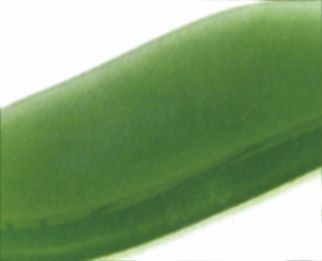
5) Kawakawa Pounamu
The darkest shade of all New Zealand green stone which ranges from almost black to a deep shade of emerald green. It is translucent only at the extreme edge or when sliced very thinly and held up to a light.
This variety was used mainly for
hei tiki , considered too dark for jewellery, although it is suitable for cuff links and men's rings. It is found in all the main gathering districts. Being the strongest of all varieties, its toughness and strength found favour with Maori who used it for toki (adzes) and patu (clubs), as it kept a keen edge.
Kawakawa Pounamu can appear almost black when on display, but out in the sunlight it has a beauty that is unmistakably the colour of traditional Māori greenstone. It looks as soothing and restful to the eye as it is to the touch.
Some types of Kawakawa, found in the districts from Waimea to Kumara, exhibit beautiful effects of brownish to orange colourations, and are often referred to as Waimea Stone.
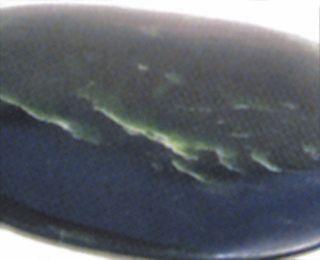
6) Kokopu Pounamu
Known as 'Mountain Trout stone' because it resembles the skin of a fish.
Kokopu pounamu is found mainly in the Wainihinihi Creek and Arahura River. This predominantly brown coloured variety is not often seen.
Some interesting patterns are found in this spotted variety, as colours vary from darkish brown to light fawn with many shades in between. It is often said every stone has a destiny (or use) and this stone is one that fulfils the prophecy, as no other variety is more perfect for carving a trout. Alf Moreton purchased several blocks from a very large stone of this variety which was found in the Wainihinihi Creek in 1972 by Murray Fleming.
7) Mutton Fat Stone
A variety found in the Waimea District and also in the Wainihinihi Creek. Mutton Fat Stone has no distinct grain and is easy to work. Once polished, the surface of the stone is very wax like.
This variety is not widely known except in the local trade where it was given its descriptive name by the late Hettie Feith-Wells, a gemstone expert and regular buyer of unusual types of stone in the early 1970s. It is extremely rare.
8) Raukaraka Pounamu
A stone that has a prevalence of various shades of yellow (all shades from dark to very bright) through to olive green. These colours can make this a very attractive variety.
Raukaraka is rare and comes mainly from north of the Arahura River but also occurs in the Kawhaka and Goldsborough areas.
Opaque and rather hard with almost no structure, Raukaraka is an interesting stone and barely seen in shops today. It is another stone not perceived by the buying public to be Greenstone because of its yellowish coloration. It sometimes has inclusions of dark to olive green merging with orange to a muddy red and when worked into carvings this looks most attractive.
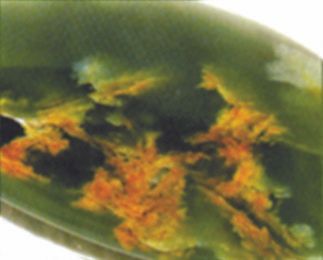
How to Choose Pounamu
Well, that's a tricky one!
We understand the culture, history, traditions and significance of these stones make it sacred. While choosing a Pounamu you could turn to the peak of the sentient being you are but do not over-complicate it.
Simply put, browse through our beautiful
pounamu catalogue and take a good look. Let the stone pick YOU.
Let it resonate with the being you are and what you believe in, let it bring you the luck you deserve and the charm it holds.
Moko Pounamu Knowledge Library
